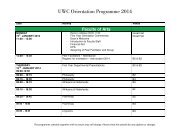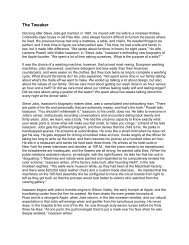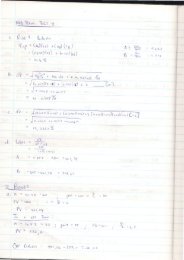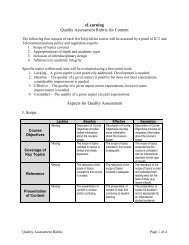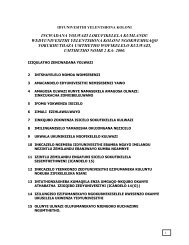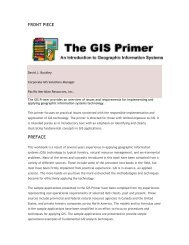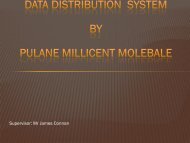Ecosystem Guidelines for Environmental Assessment
Ecosystem Guidelines for Environmental Assessment
Ecosystem Guidelines for Environmental Assessment
Create successful ePaper yourself
Turn your PDF publications into a flip-book with our unique Google optimized e-Paper software.
MAINLAND THICKET<br />
What are the critical things to maintain in terms of managing these<br />
systems <strong>for</strong> biodiversity, and ensuring its persistence<br />
Maintain all remaining intact fragments across the range of Mainland Thicket to help buffer against<br />
climate change.<br />
Corridors are especially effective <strong>for</strong> thicket because of bird-dispersed seed and herbivore migration.<br />
Rehabilitation of connecting corridors between isolated patches is critical.<br />
The minimum viable size and isolation of thicket patches, or the structure and maintenance of the<br />
mosaic pattern, all require detailed, on-site assessments. Only fine-scaled, detailed analysis of present<br />
and past thicket distribution patterns will determine mosaic patterns and minimum viable patch sizes.<br />
There must be integrated management of disturbances such as fire, grazing and drought.<br />
Certain patches of thicket, especially solid, non-mosaic units, require total protection from fire. Fire<br />
and alien plant invasions must there<strong>for</strong>e be managed in the adjacent, non-thicket, ecosystem. Never<br />
allow adjacent "fire biomes" to remain unburnt <strong>for</strong> longer than 30 years, or to become invaded. Degraded<br />
solid thicket should be prioritised <strong>for</strong> restoration.<br />
Maintain the appropriate fire regime in terms of fire frequency and seasonality in fire-prone thicket<br />
types. Farms should be organised into Fire Protection Associations to avoid unnecessary clearance of<br />
fire breaks.<br />
Keep patches and surrounds free of alien vegetation.<br />
What, if any, reliable indicators could be used in monitoring ecosystem<br />
health, as related to key vulnerabilities<br />
Most of the Arid and Valley Thicket types should have a relatively high cover percentage of spekboom.<br />
The absence of spekboom often indicates a trans<strong>for</strong>med state.<br />
If adult thicket trees die during drought periods, remove all stock and game and implement rehabilitation.<br />
If fire remains absent in mosaic types <strong>for</strong> longer than the prescribed period then targeted burning is<br />
required.<br />
If summer rainfall is below average, reduce stock density.<br />
If thicket clumps coalesce and displace plants of the adjacent biome, ensure that this only happens<br />
in prescribed areas where solid thicket once occurred and not in areas where mosaic types are found.<br />
How reversible are impacts over a 5 – 10-year period<br />
Where rainfall is higher - closer to the coast or topographically induced - impacts may be reversible,<br />
but restoration of thicket is a very slow and costly process. Almost no in<strong>for</strong>mation is available on<br />
thicket restoration techniques or recovery rates.<br />
In more arid types, impacts such as over-grazing or cultivation are probably irreversible at this time scale.<br />
What are acceptable trade-offs, compensation or off-sets<br />
<strong>for</strong> biodiversity loss<br />
Restoration of degraded thicket areas should be a mandatory condition of authorisation <strong>for</strong><br />
development activity in this threatened ecosystem.<br />
Trade-offs involving spatial planning and development authorisations should require detailed maps<br />
on biodiversity pattern and trans<strong>for</strong>mation so that proposals can be carefully assessed in accordance<br />
with current conservation targets <strong>for</strong> thicket.<br />
JAN VLOK<br />
66 : MAINLAND THICKET ECOSYSTEMS



